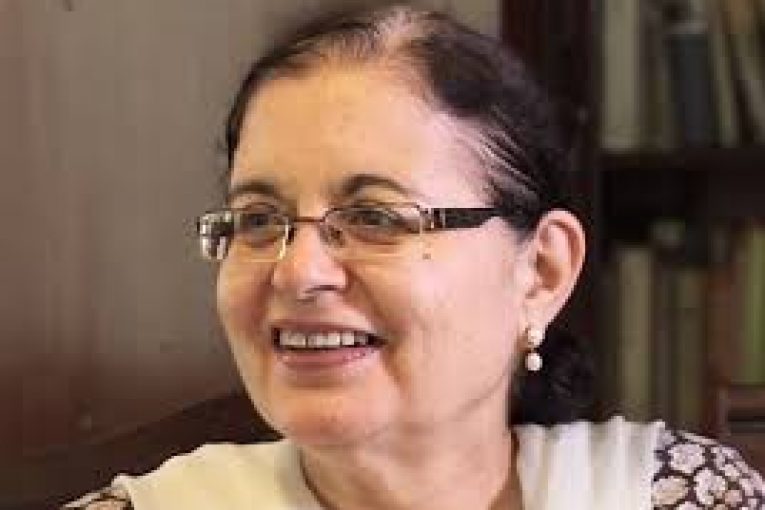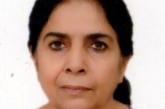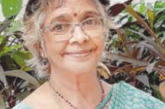
Ever since the Indian Women’s Press Corps (IWPC) was founded 25 years ago, there have been occasional sneers and jeers questioning the need for a separate forum for women journalists. The misplaced logic is that opening a body exclusively for women scribes is tantamount to dividing the profession on gender lines. Women journalists fought hard to be recognised as equal to their male colleagues, and by forming a separate organisation have turned the clock back, is the argument.
Curiously, those who protest self-righteously against being associated with gender-based journalist organisations have no qualms about being active members and even office-bearers of various other media bodies, in which membership is also restricted, whether in terms of professional designation, field of coverage, print, TV and so forth.
As one of the founding members of the IWPC, I have frequently been asked: Why the need for an IWPC when there is the Press Club of India (PCI), which is open to all journalists? The answer is that the corps, not club as it is often mistakenly referred to, was started with rather different objectives from the more jolly PCI, which was originally meant to be a convivial watering hole, a place to unwind after long hours at work.
The IWPC was conceived not simply as a cheap and convenient meeting place. It was to be a professional forum upholding standards of journalism and fighting for important issues concerning press freedom. It would provide even junior members an opportunity to interact with people in the news and organise meaningful discussions on topical issues.
Another important objective was to act as a support group for women in a profession where the demanding work schedule, unconventional hours and low wages, at least when women first entered the media, put a strain on a woman journalist’s social and family life. When I joined as a reporter in Delhi in the early 1970s, there was no such thing as a separate toilet for women either in my newspaper or near the Press Gallery in Parliament. Even the PCI women’s toilet was an apology of a loo. While reporters had their scooters, women had to rely on the erratic and infrequent bus service or else blow up most of their earnings hiring autorickshaws. The neighbours wondered whether you worked in a night club, or worse, when the battered office van dropped you home at 1 am or 2 am after night duty.
It was my friend and former colleague Kalyani Shankar, who originally conceived the concept of the IWPC. And it was she who was enterprising enough to even pinpoint a government bungalow lying vacant for many years, 5 Windsor Place. Kalyani, Saroj Nagi and myself quietly make a recce of the mysterious place.
It was thanks to then Prime Minister P V Narasimha Rao’s support and our persistence that our dream actually fructified. I still recall with a chuckle our meeting with Prime Minister Rao. A group of five of us, Kalayani, Mrinal Pande, Usha Rai, Rashme Saksena and myself met the PM and presented him a letter on behalf of the IWPC requesting that the government allot us a bungalow. The master draftsman for his party indicated approval of our drafting skills, noting we had made all the rights points and then sensibly ended by suggesting a solution; a possible place. Rao, as was his style, sat stony faced not indicating what he was thinking.
To our astonishment his normally uncommunicative media adviser Prasad came up with an additional argument, which may have proved the clincher. A godly old-fashioned sort, Prasad whispered to Rao that he had perhaps read in the newspapers about the Delhi Press Club a week earlier (The PCI was in the news because a real estate agent was shot there.) This was certainly not the reason we had thought of forming the IWPC and the shooting was really a one-off freak accident. But it was an argument which seemed to have added weight to our petition.
The PM nodded his head slowly, picked up the phone and spoke directly to the Housing Minister Sheila Kaul informing her that a delegation from the IWPC would meet her and she should give us a cup of tea. He was a man of few words but Kaul got the message that her ministry could procrastinate no longer. The specious excuse for not allotting the vacant building was that the roof was leaking. However, the purported hole in the ceiling somehow mysteriously disappeared when we moved in. Though the CPWD has very graciously helped in making all kinds of improvements and repairs at Windsor Place over the years, mercifully the roof has remained intact.
A quarter century later the centrally located headquarters of the IWPC has grown way beyond the wildest dreams of the 18 founder members.




